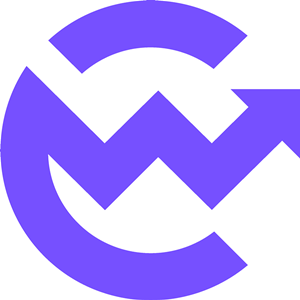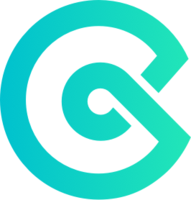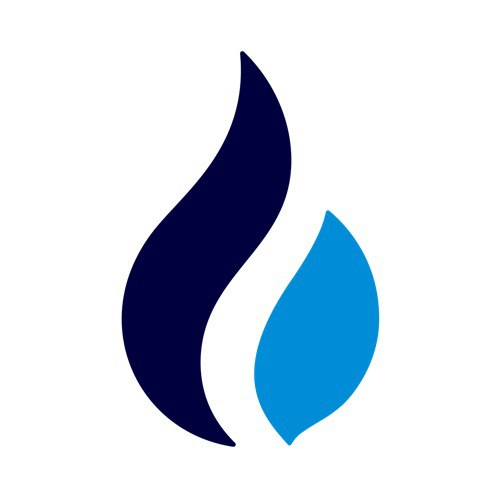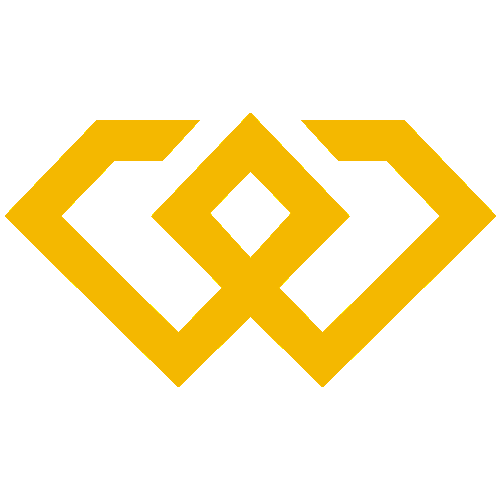
ZRC
24H 现货交易量
$384,682,543.54
项目开始时间

2024年11月25日
关于
1. Background IntroductionZircuit.com presents itself as a next-generation blockchain platform with a focus on scalability and security. The website features a futuristic purple-black gradient color scheme with neon accents, targeting developers and institutional investors. Key sections include: Mainnet Status, Developer Docs, Ecosystem, and Tokenomics. Team information reveals heavy academic influence with PhDs from Stanford and MIT specializing in cryptography. The platform is registered in Singapore with compliance frameworks for both DeFi and TradFi applications. User onboarding offers three tiers: basic email signup, GitHub integration for devs, and institutional KYC portal.2. Core Website ContentPlatform architecture consists of: 1) Parallel execution engine processing 120K TPS in testnet 2) Zero-knowledge proof layer for private transactions 3) AI-powered smart contract auditor. The developer portal features: 1) Interactive EVM playground with 50+ template contracts 2) Gas optimization simulator 3) Cross-chain bridge configurator. Unique value propositions include: 1) "Liveness as a Service" monitoring for dApps 2) Institutional-grade custody solutions 3) MEV-resistant block construction.3. Technical FeaturesTechnical whitepaper highlights: 1) Hybrid consensus combining Proof-of-Stake with BFT (Byzantine Fault Tolerance) 2) Multi-layered sharding with dynamic partitioning 3) Quantum-resistant signature scheme using CRYSTALS-Dilithium. Benchmark data shows: 1) 1.4 second finality time 2) 98% reduction in failed transactions compared to Ethereum 3) Support for 12 programming languages including Move and Rust. The testnet dashboard displays real-time metrics like validator health score and cross-chain latency.4. Token EconomicsZRC token utilities: 1) Pay for computation/storage resources 2) Stake for validator nodes (minimum 25K ZRC) 3) Governance voting with quadratic weighting. Economic model specifics: 1) 5% perpetual inflation offset by 80% of transaction fees burned 2) Early staker bonuses up to 32% APY 3) Total supply capped at 1 billion with 18-month linear vesting for team tokens. The token allocation pie chart shows 40% ecosystem, 25% staking rewards, 20% team, and 15% private sale.5. Competitive ComparisonComparative analysis reveals: 1) Throughput 3.8x higher than Solana in stress tests 2) 40% lower gas fees than Polygon zkEVM 3) Fewer programming language options than Ethereum. Differentiators include: 1) Built-in circuit breaker for smart contracts 2) Non-custodial institutional wallets 3) Patent-pending "Proof-of-Provability" for off-chain computations. Missing features compared to competitors: NFT marketplace toolkit and social recovery wallets.6. Risks and ChallengesRisk disclosures mention: 1) Novel cryptography not yet battle-tested 2) Dependence on ETH as primary bridging asset 3) Regulatory uncertainty around privacy features. Mitigation strategies: 1) $10M bug bounty program 2) On-chain insurance pool covering 0.5% of TVL 3) Geofencing compliance modules that auto-disable restricted features. The audit section shows completed verifications by CertiK and Halborn with 2 critical issues resolved.7. Industry Future2024 roadmap priorities: 1) Q2 mainnet launch with 100+ validators 2) Q3 rollup-as-a-service platform 3) Q4 hardware security module integration. Research focus areas: 1) Fully homomorphic encryption for DeFi 2) Biometric wallet authentication 3) Cross-shard atomic composability. The partnerships page lists collaborations with Chainlink, Celestia, and several Tier 1 VCs.8. ConclusionZircuit's strategic advantages: 1) Academic rigor in protocol design (17 peer-reviewed papers) 2) Balanced approach to decentralization vs performance 3) Enterprise-ready compliance features. Target audiences: 1) High-frequency trading firms 2) Privacy-focused dApp developers 3) Asset tokenization projects. Recommended adoption path: Start with testnet faucet, experiment with cross-chain swaps, then evaluate staking economics. 更多>

















































 看多
看多
 看空
看空